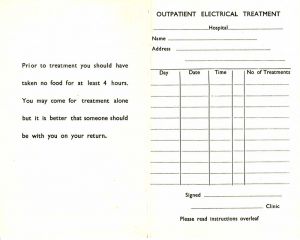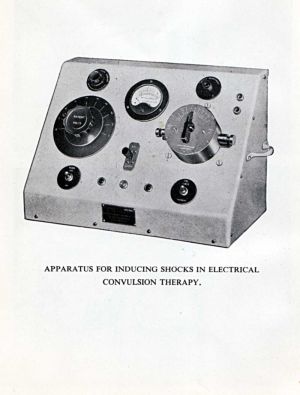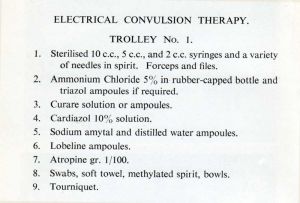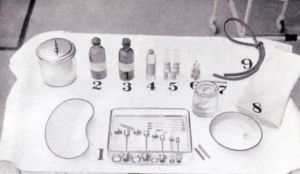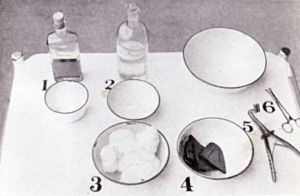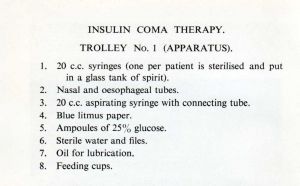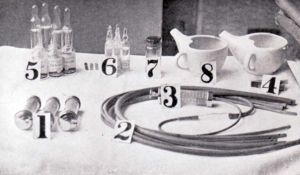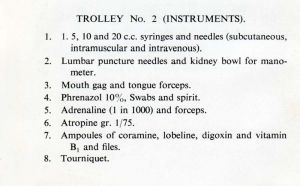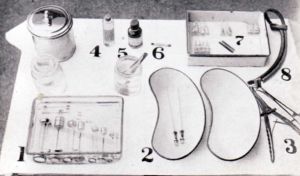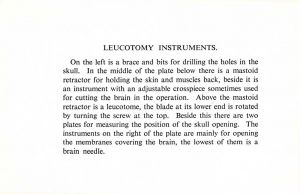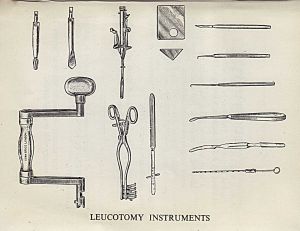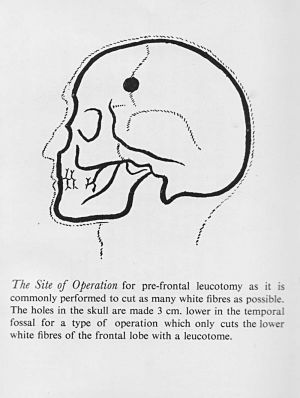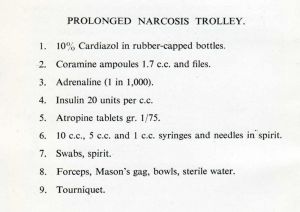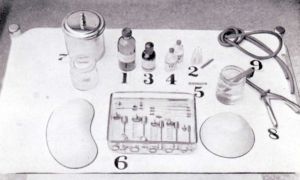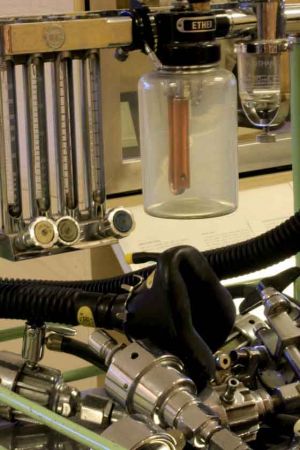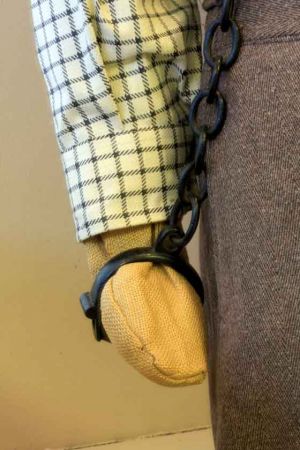When we look back a couple of hundred years we are very critical about the way that the mentally ill were treated. At the Bethlem Royal Hospital in London in 1770 you could have paid a penny to watch the depressed and the manic being bled, beaten, soaked in cold water and blasted with electricity.
In a standard ECT session electrodes are attached to one or both sides of the patient’s head and something like 80 to 100 volts are applied to the head for up to a second at a time. That amount of electricity provides a big enough current to light up a 100 watt light bulb. Not surprisingly, perhaps, in a human being it causes a brain seizure which can be traced on an electroencephalogram.
While being given the treatment patients are usually anaesthetised and given a muscle relaxant. Without the muscle relaxant contractions can be so severe that bones can be fractured or teeth chipped. An electrocardiogram is sometimes used to monitor the beating of the heart and some doctors give oxygen to reduce the risk of brain damage.
After the electric shock has been given, patients slowly regain consciousness but usually remain groggy and confused for a while. Sometimes patients complain that their ability to remember events from the past disappeared. Author Ernest Hemingway was convinced that ECT erased his personal experiences and ruined his career as a writer.
By the 1960s there was growing disquiet about this type of treatment. Despite a lack of convincing evidence showing that pumping electricity into the brain did any good, a number of experts had decided that it could do harm. Many patients told how they had been held down or tied down and given huge doses of electricity which had sent them into violent convulsions. It all sounded terribly barbaric – more like something from a mediaeval torture chamber than a twentieth century hospital.
Then, in 1975 the film `One Flew Over The Cuckoo’s Nest’ was released. In the book, based on Ken Kesey’s book, actor Jack Nicholson was seen receiving electric shock treatment. This reinforced the idea that electric shock therapy was cruel, barbaric and outdated. The amount of public pressure on doctors to stop giving electric shocks to psychiatric patients increased for a while. But then psychiatrists started to argue that they had nothing else to offer in the place of ECT. And the popularity of the technique began to rise once more
An extract from Nurse Gwen’s story (see full account on front page)
Electric shock treatment was introduced at the hospital in 1943 and received some positive results.
“It was quite frightening,” said Mrs Hartley. “I would have to hold the feet of a patient whilst a mask was put over their head and they would shake as if having an epileptic attack.
“You got used to it after a while and it did seem to work.”
A Transcript of A Harrowing Account from A Survivor of ECT
… I have to remember I was only nineteen and… quite traumatised by this new experience, apart from my previous ones, and I became more and more depressed, and… I used to start to cry and shout, wanting to get out… and I remember being diagnosed as… as in a very depressed state, and being told that I was going to have this ECT, which I didn’t even know what it was, and I didn’t ask… and actually being… being given a pre-med that made me drowsy, and then taken down to this place, outside the ward, out into the grounds and across to these huts, and… and the first time I ever went there, one of the nurses pulled up one of the cubicle curtains aside, and I saw what was happening to someone… and that was my… first sight of ECT… a person was like having sort of fits and jerking and… horrible… and I was terrified, and I started to fight… I tried to get away… and the same thing happened to me, time and time again, and I never used to remember who I was.’
just trying to get out of the ward… trying to get out of the locked doors and just… you know, getting physical about it, banging on the doors or… you know, trying to hurt myself, because I couldn’t stand it. I couldn’t stand the confinement and I was terrified of the patients, and… the first time I had a straight jacket I was just absolutely petrified, and then I was injected and passed out. And I was injected with stuff that I could taste, and when I woke up I was in a padded cell, on my own, alone… couldn’t hear anything… and the whole thing was padded and… it was just unreal.
Ugo Cerletti
Electric eels and fish were used by people in ancient times to treat headaches and mental illness. The practice came back in 1937 when Ugo Cerletti (1877-1963) and Lucino Bini (b. 1908) treated schizophrenic patients with applications of electricity.
They did not base their ideas on those of the ancients, but rather on the work of a Hungarian psychiatrist who had found that epilepsy and schizophrenia seem to have opposite chemical effects on the brain. He theorized that if he could induce an epileptic seizure in a schizophrenic person, it might alter the brain chemistry enough to offer some relief. He used drugs to cause the seizures, and it did seem to work.
In 1936, Cerletti (a neuropathologist and psychiatrist) and Bini (an excellent clinician and Cerletti’s assistant) were researching this very idea. They were conducting animal experiments to investigate epilepsy, and realized that electricity could cause a shock or seizure as well as, and more easily than, chemicals. It seemed like it should work, but they killed a lot of lab animals by putting electrodes on either end of the animal. Bini realized that if they put the electrodes on either side of the head, a shock was induced but the heart was not damaged because it was out of the electric field. They used this technique successfully on dogs and in April 1938, they applied electroshock to their first human patient. This extremely schizophrenic man was able to live an apparently normal life with their therapy.
They published their work in Italian and later in English. Cerletti hoped to find a way to use the brain substance from animals that had undergone shock to alter the human patient’s brain chemistry favorably. But this indirect method appeared slow and uneconomical. In the late 1930s and 1940s, electroconvulsive therapy took off, its popularity caused by the same factors that led to the acceptance of lobotomy. During World War II, interest in the treatment only increased, and was part of training for armed service medical personnel.
As with the lobotomy, the side effects of this practice came to be discovered with time. And accusations of inappropriate use — to “cure” homosexuality, for example, or psoriasis — increased. Above all, the arrival of Thorazine in psychiatric treatment in the early 1950s made electroconvulsive therapy a second choice or last resort for treating mental illness. Its popularity declined, and some states and countries ultimately legislated against its use
Malaria therapy
Wagner-Jauregg was aware that remissions and even cures had been reported in patients who had also contracted other illnesses, such as typhoid, resulting in high temperatures. His idea was to induce a high fever and so raise their body temperature and kill off the bacteria in the brain. (During a malaria attack the patient’s temperature often rose to 40ºC or higher.)
Behavior and the Brain
The brain has really only recently been linked to the behaviors of individuals. This was begun in the 1900’s when scientists started to look at how the mind affected people’s behaviors.
1913- John Watson presents his theory that human behavior is based upon conditioned responses to stimuli. His theory goes against the eugenics theory which is reaching its height at this time. This marks the beginning of the behaviorist school of psychology.
Eugenics- The theory that human behavior is an inherited trait.
1930’s- Scientists try to affect the workings of the brain in order to treat mental illnesses such as anxiety, depression, and schizophrenia.
Lobotomy- Developed by Moniz, was the surgical severing of connections in the frontal lobe of patients. Resulted in adverse side effects such as mood problems and changes in personality.
Electro-shock Therapy- Developed by Cerletti and Boni. Used electrical shocks to induce positive chemical changes in the brain. This like lobotomy had detrimental side effects.
The use of both of these techniques declined in the 1950’s after the development of the medication Thorazine.
1950’s and 60’s- Wilder Penfield identified specific areas of the brain that control motor impulses, sensory inputs, and memories.
1970’s and 80’s- New scanning devices like the CT scanner and MRI allow for detailed mapping of the brain’s functions.
1975- The roles of brain chemicals such as endorphins are discovered. Behavior is now thought of as a biochemical event.
1990’s- With new knowledge more effective drugs are developed for the treatment of mental illnesses.
Genes also are beginning to be studied in order to see if there are ties to behaviors. This could lead to evidence supporting eugenics or knowledge that could link eugenics and behaviorism together
All content copyright protected.

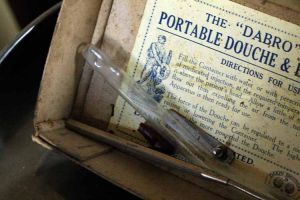

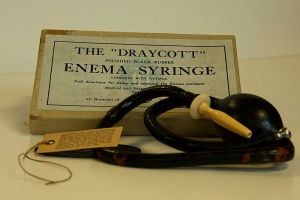
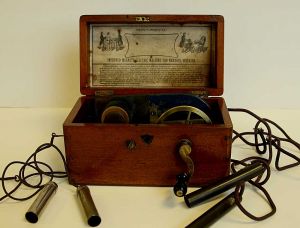
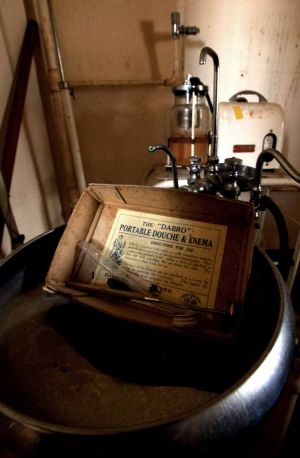
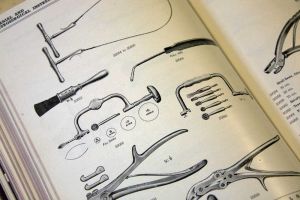


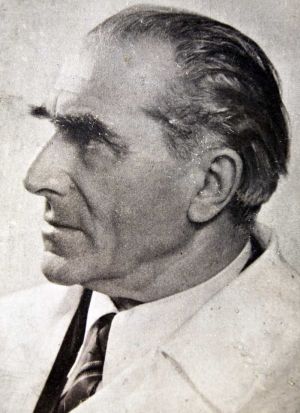
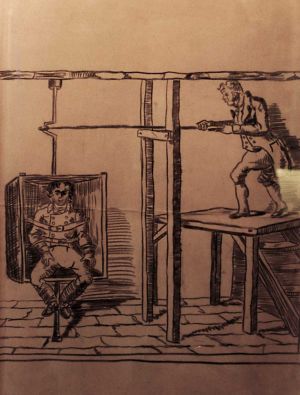
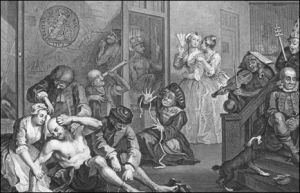
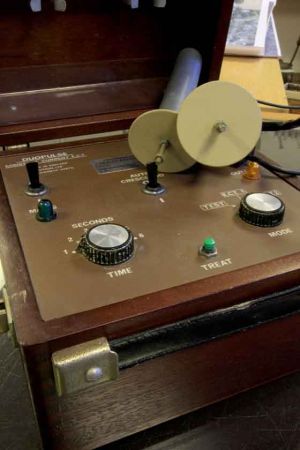
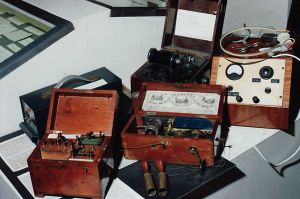
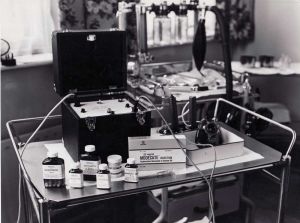

.jpg)
